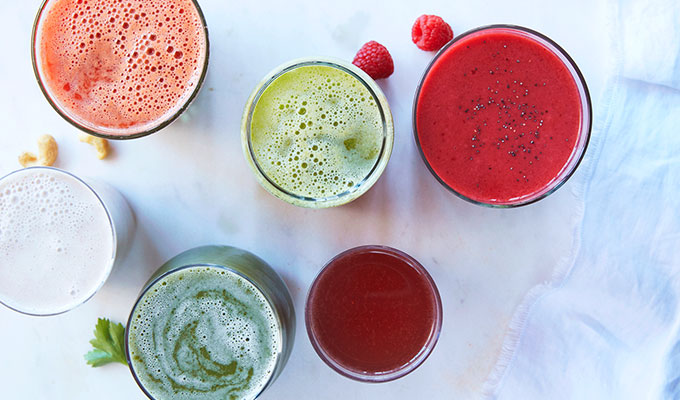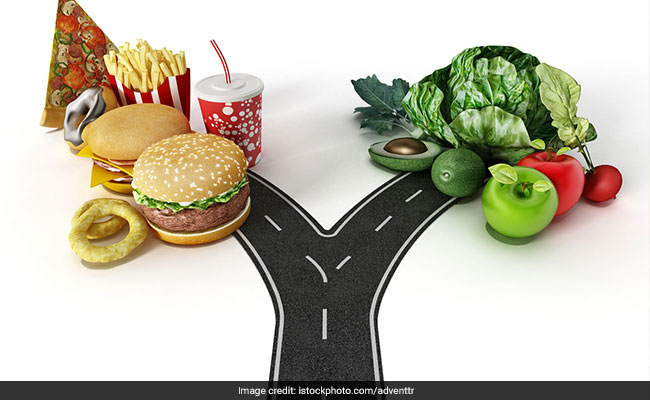
While it's well known that certain foods can affect our moods, many people don't realize this. Recent research has shown that fresh fruits and vegetables can boost our happiness. But while fruits and vegetables may be good for us, they can also affect our bad moods. If you are trying to improve your mood try to eliminate foods high in salt or sugar. If you can't do so, consider eating more healthy snacks.
Your mood can be affected by many foods. Some contribute to the production of these chemicals in the brain. It is possible for other foods to affect your attention and focus. This depends on the food you eat. For example, fruits and vegetables that are rich in polyunsaturated fats are known to help you feel happy. But they are not all foods that can boost moods. Additionally, a balanced diet should include lots of monounsaturated and unsaturated fats. These include seafood, oily fish and nuts, flaxseeds as well as olives. Lastly, dark chocolate is considered a powerful food mood booster.
Studies have shown that low-quality moods can lead to an increase in consumption of high-calorie and sugary foods. This is a sign that there is a connection between the foods we eat and how we feel. While it is difficult to pinpoint exactly which foods affect our mood, it's important to understand the role that our body plays in our lives. Healthy eating habits are essential to maintaining a happy, healthy mind.
Carbohydrates can also affect our moods. Carbohydrates are a good source of tryptophan which is a non-essential amino that boosts brain serotonin. Take some carbs if it's low feeling and you need a boost. These carbohydrates help the serotonin production in the brain, which is a good thing.
Research has shown that certain foods can also affect moods. The human brain is home to more than a trillion serotonin nerve receptors. These receptors regulate the hormone Serotonin. Adult moods can be improved by Omega-3 fats. The results are inconsistent. Tryptophan is a good way to test whether this effect is real.

People suffering from low-grade depressive disorder should avoid junk food, processed foods, and fast food. Omega-3 fatty acids should be consumed in whole foods. These fats are responsible for boosting mood. They can be found in many foods, such as fish. Aside from fish, other foods rich in tryptophan include almonds, walnuts, and chocolate. These nuts are great for mental health. These fats are important for maintaining the brain's primary source of serotonin.
A new study has found that eating moods can impact our eating habits. Eating the wrong food can have a negative impact on a person's mood. According to a survey, over 65 percent of respondents stated that eating food that improved their moods was a key factor. OnePoll interviewed over 5,000 people about their favorite foods. These results suggest that more fruits and veggies are needed to get enough magnesium.
According to the study, eating healthy foods can improve our moods. Respondents to the survey said that they feel better after eating homecooked meals. Sixty-two percentage of the respondents reported feeling more energetic after eating balanced meals. While a healthy diet can help us feel happy, it doesn't necessarily mean we should eat junk food. Although junk food can make us sad, eating a healthy diet can help us feel happier.

To avoid depression, you need to eat more vegetables and fruits. Selenium can also be found in soil or water. It helps lower oxidative stresses and plays a crucial role in the immune system. It can also help stabilize your mood. Moreover, it's been linked to depression, and eating unhealthy foods will make you feel worse.
Not only will you feel happier if you eat healthy fruits and veggies, but it also helps to eat well. Bananas are high in vitamin B6, which helps to build a strong immune system. Probiotics are vital for gut health. They're an important part of the diet we eat. Probiotics, in addition to providing important vitamins and minerals for our bodies, are essential for maintaining a strong microbiome.
FAQ
How do I motivate to cook?
Cooking is fun when you share food with family and friends. It is easier to cook for yourself than for others. Try something new if you want to feel motivated to cook. You will be able to learn new techniques and ingredients. Also, you can use recipes from different cultures to expand your culinary knowledge.
Which career path is best for someone who wants a career as a chef or chef? How do I begin my career as chef?
If you're interested in becoming a chef, you should consider starting as an apprentice. Apprenticeships give you the opportunity to work for many years without having to pay tuition fees. After your apprenticeship is completed, you can apply to be a sous chef. Sous chefs assist cooks with tasks such as making salads, and desserts. They also supervise the operation of the restaurant.
What are the Essential Skills to Be a Chef?
To become a chef, you must have a bachelor's degree in culinary arts. A series of tests must be passed by the ACF. Once you've completed these requirements, you'll receive a certificate verifying your qualifications.
How Much Does It Cost to Study Culinary Arts?
The price of studying culinary arts varies widely. A four year degree is typically around $40,000. A two-year associate's program may be less expensive at $5,000. Tuition rates vary depending on what program you choose. Private institutions charge higher prices than public ones.
What are the basics of cooking?
Basic cooking skills include the ability to read recipes and measure ingredients. This is the first step to learning how to cook. You can also save money by cooking at home.
Statistics
- In the United States, the category is estimated at $23.2 billion annually and is growing faster than the market. (washingtonpost.com)
- The median pay for a chef or head cook is $53,380 per year or $25.66/hour, according to the U.S. Bureau of Labor Statistics (BLS). (learnhowtobecome.org)
- According to the BLS, chefs earn $58,740 a year. (learnhowtobecome.org)
External Links
How To
How to make a perfect Omelette
Omelets have always been a favourite food to eat for breakfast. But how do they turn out so perfectly? Many different recipes and methods have failed to work for me. So I wanted to share some tips and tricks so that you can make delicious, fluffy omelets every morn.
Before we start making omelets, let's remember that eggs are temperamental. It is important that eggs are fresh from an organic market and kept cool until used. If you don't keep them cold enough, the whites won't form properly, and the yolks will break down too much and become runny. This can make your omelets look bizarrely colored. If you intend to cook your eggs immediately, it's best to use room-temperature egg.
You might also try separating the egg before adding to the pan. Because this could cause your omelet to become curdled, you don't want any yolk to be mixed with any white.
The egg can burn if it is placed directly on the stovetop. Instead, put the egg in the microwave for 10 seconds before putting it into the pan. The microwave heat cooks your egg just right, without it becoming too soft.
Let's now talk about mixing eggs. Mix eggs well together. You need to turn the bowl of the mixer upside down. Then, vigorously shake the bowl. The egg will be thoroughly mixed in the bowl as the air is whipped.
The fun part is now - adding the milk to the mixture. The first step is to pour half of the milk in the beaten eggs. Next, fold the eggs into the remaining milk. Do not worry if you see streaks of egg; they will disappear when the omelet is flipped.
After folding the eggs, place the pan on medium heat and wait for the oil to start sizzling. Once the oil starts getting hot, add 1/4 cup of butter to the pan and swirl it around to coat the entire surface of the pan. Now carefully crack open the lid of the pan and sprinkle salt into the pan. A pinch of salt will prevent your omelet from sticking in the pan.
Once the omelet has formed completely, cover the pan and let it set for a few minutes. Flip the omelet upside down or with a spatula. Cook the other side for about a minute. Remove the omelet from the pan and serve immediately.
This recipe is best when used with whole milk. But, you can use skimmed milk as well.